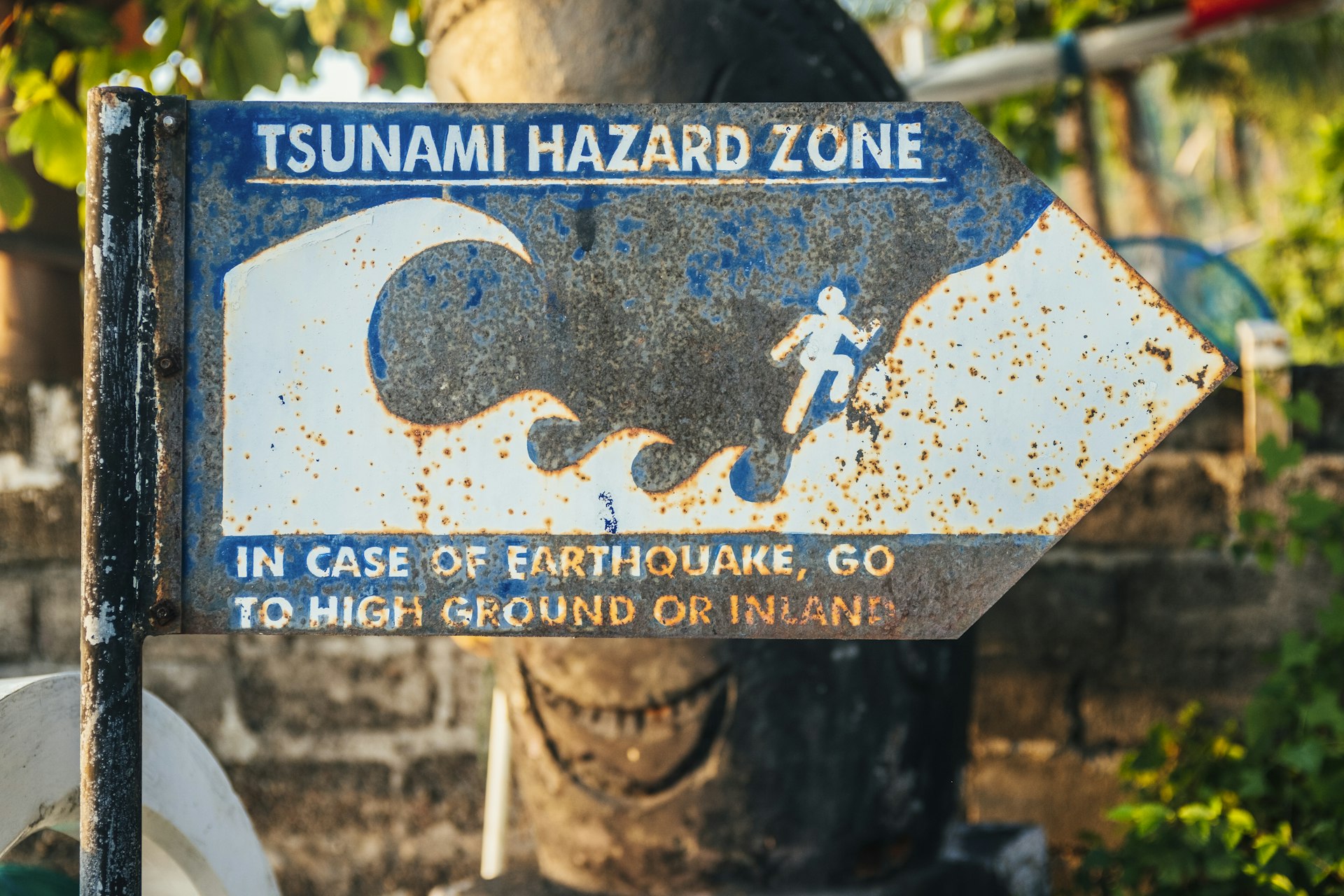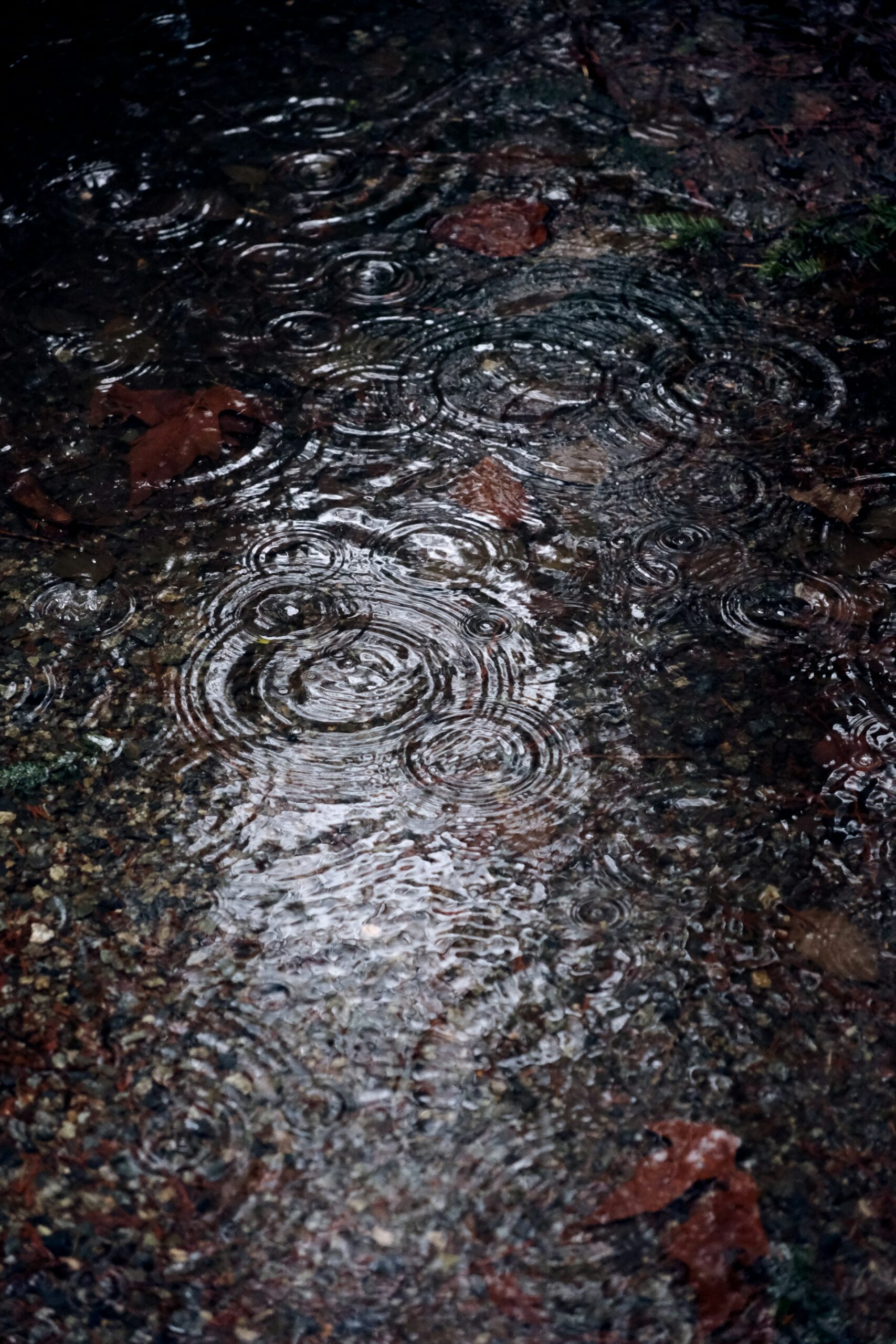How Artistic Expressions Drive Action in Climate Change Activism

Photo by Markus Spiske on Unsplash
Introduction: The Power of Art in Climate Action
Artistic expressions have become a vital force in the global movement to address the climate crisis. With their ability to evoke emotion, provoke thought, and inspire action, artists are uniquely positioned to communicate the urgency and complexity of climate change in ways that transcend data and policy. Through a wide range of mediums-from sculpture and painting to digital installations and performance art-creatives around the world are raising awareness, sparking dialogue, and building communities dedicated to environmental stewardship.
[1]
Forms of Artistic Expression in Climate Activism
Artists employ diverse techniques to engage communities and policymakers on climate issues. Some of the most impactful forms include:
1. Visual Art and Installations
Visual artists create compelling works that highlight environmental degradation and envision sustainable futures. For instance,
Olafur Eliasson
uses large-scale installations and photography to illustrate the effects of global warming, such as his “Glacier Melt Series,” which documents the loss of ice over time.
[1]
Similarly,
Maya Lin’s “What Is Missing?”
is an interactive multimedia project that spotlights biodiversity loss and provides resources for conservation.
[2]
To experience or support such works, search for exhibitions at major museums, local galleries, or public art spaces. Many artists and organizations maintain official websites or social media channels where you can find upcoming events, virtual tours, or opportunities to contribute.
2. Sculpture and Environmental Installations
Artistic projects using recycled materials or natural landscapes draw attention to pollution and resource consumption. For example,
Chris Jordan’s “Running the Numbers”
visualizes plastic waste statistics through photographic compositions, while
HA Schult’s “Trash People”
are life-size sculptures made entirely of beach debris.
[2]
Underwater sculptor
Jason deCaires Taylor
creates marine installations that serve as artificial reefs, blending art with environmental restoration.
[1]
If you are interested in viewing or participating in such initiatives, you can contact local environmental organizations or search for community cleanup art projects in your area. Many artists also host workshops or open calls for volunteers to help create new installations.
3. Performance and Interactive Art
Performance art and participatory events can create memorable, communal experiences around environmental themes. The anonymous collective
Luzinterruptus
staged “We Are Frying” in Madrid, using illuminated potato chips to symbolize the impact of global warming on autumn leaves.
[3]
In the project “Extinction Songs,” artist
Jason Singh
transformed plant biodata into music, giving threatened species a ‘voice’ through sound installations at Kew Gardens.
To engage with performance-based climate activism, look for event listings at art festivals, botanical gardens, or public spaces. Some projects offer digital participation through downloadable content or live-streamed performances. Follow artists and collectives on social media for announcements and involvement opportunities.
4. Community-Based and Participatory Projects
Community art projects empower people to contribute directly to environmental action. In Cairo, artist
Bahia Shehab
collaborated with schoolchildren and workers to build a “Pyramid of Garbage,” raising awareness about local waste issues.
[3]
Similarly,
Pope L.
created “Flint Water,” a living installation and awareness campaign addressing the Flint, Michigan, water crisis through public engagement and fundraising.
To participate in community projects, reach out to local environmental groups, schools, or municipal arts programs. Many projects welcome volunteers, offer educational resources, or provide platforms for sharing your own creative work related to climate issues.
How to Access and Support Artistic Climate Activism
There are several actionable pathways to become involved in or support artistic climate action:
- Attend exhibitions and performances: Check local museum and gallery schedules, or search for “climate change art events” online. Many major institutions have dedicated environmental art programs.
- Join or initiate community art projects: Connect with environmental nonprofits, art collectives, or your local government’s cultural affairs department. Ask about upcoming projects or propose your own idea integrating community participation.
- Support artists financially or through promotion: Purchase artwork, donate to artist-led environmental initiatives, or amplify artists’ messages on social media.
- Educate yourself and others: Explore multimedia installations like Maya Lin’s “What Is Missing?” by searching for the project name and engaging with its educational resources.
- Create your own art: Use recycled materials, document local environmental changes, or organize public installations. Resources for beginner projects can often be found on official museum websites or through open-source platforms.
If you are seeking funding or institutional support, research local arts councils, environmental foundations, and grant-making organizations. Applications typically require a project proposal, a budget, and evidence of community impact. For information about specific grant opportunities, consider searching for “environmental art grants” on the official websites of organizations such as the National Endowment for the Arts or your country’s cultural ministry.
Challenges and Solutions in Artistic Climate Activism
While artistic activism offers powerful tools for change, there are challenges to consider:
- Funding and resources: Many projects rely on grants or community support. Consider collaborating with nonprofits, applying for public funding, or utilizing crowdfunding platforms. For verified opportunities, search official government or arts council websites for “public art project funding.”
- Public engagement: Not all audiences are immediately receptive to climate messaging in art. Overcome this by integrating interactive or participatory elements, and by collaborating with educators and scientists to ensure accuracy and accessibility.
- Material sustainability: Use eco-friendly materials and minimize waste. Many artists prioritize recycled or non-toxic supplies in their work.
- Measuring impact: Document and share outcomes, such as community responses, media coverage, or environmental improvements. This can help secure future support and expand your project’s reach.
Alternative Approaches
Artistic climate activism is not limited to traditional art spaces. Digital media, virtual reality, and online exhibitions allow artists to reach global audiences. For example, the “H.O.R.I.Z.O.N.” project, a collaboration with the Guggenheim Museum and the Institute of Queer Ecology, offers an immersive online simulation exploring regenerative futures.
[3]
Such projects enable individuals worldwide to participate, learn, and advocate for change from home.
Another alternative is collaboration across disciplines-artists working with scientists, technologists, or policymakers to translate climate research into accessible, emotionally resonant forms. If you are interested in interdisciplinary collaboration, reach out to local universities, research institutes, or nonprofit organizations focused on climate solutions.
Key Takeaways and Next Steps
Artists have become essential agents in the fight against climate change, using their creativity to make complex issues understandable, urgent, and relatable. By participating in, supporting, or initiating artistic activism, you can contribute to a growing movement that seeks not only to raise awareness but also to inspire transformative action at every level of society.
To get started:
- Search for climate-focused art exhibitions, installations, or performances in your area or online.
- Connect with local or national arts organizations, environmental groups, or community programs.
- Consider creating your own project using sustainable materials, and document your experience to inspire others.
- If you wish to support existing projects, look for verified donation or volunteer opportunities through official organizational websites.
Remember, every small act-whether making, supporting, or sharing art-can help shift attitudes and catalyze real-world climate action.

Photo by Alex Dadukin on Unsplash
References
MORE FROM realtyexperts.ai













